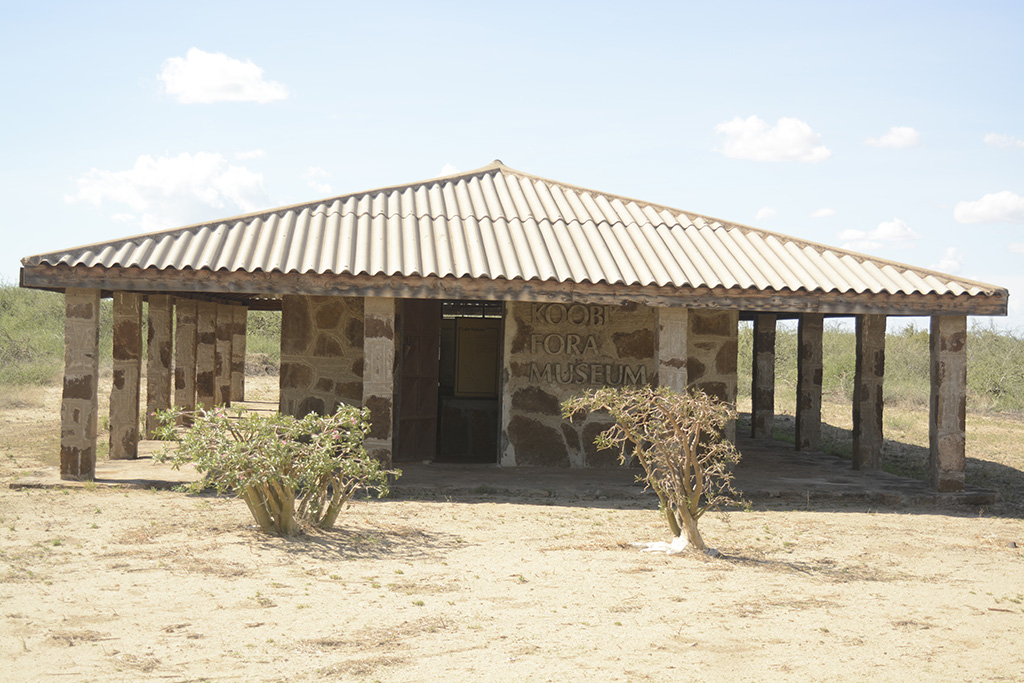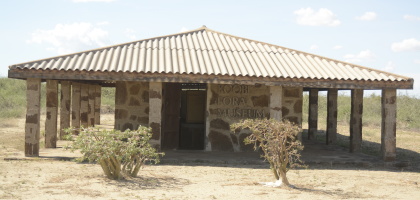Koobi Fora /ˈkuːbi ˈfɔːrə/ refers primarily to a region around Koobi Fora Ridge, located on the eastern shore of Lake Turkana in the territory of the nomadic Gabbra people. According to the National Museums of Kenya, the name comes from the Gabbra language:
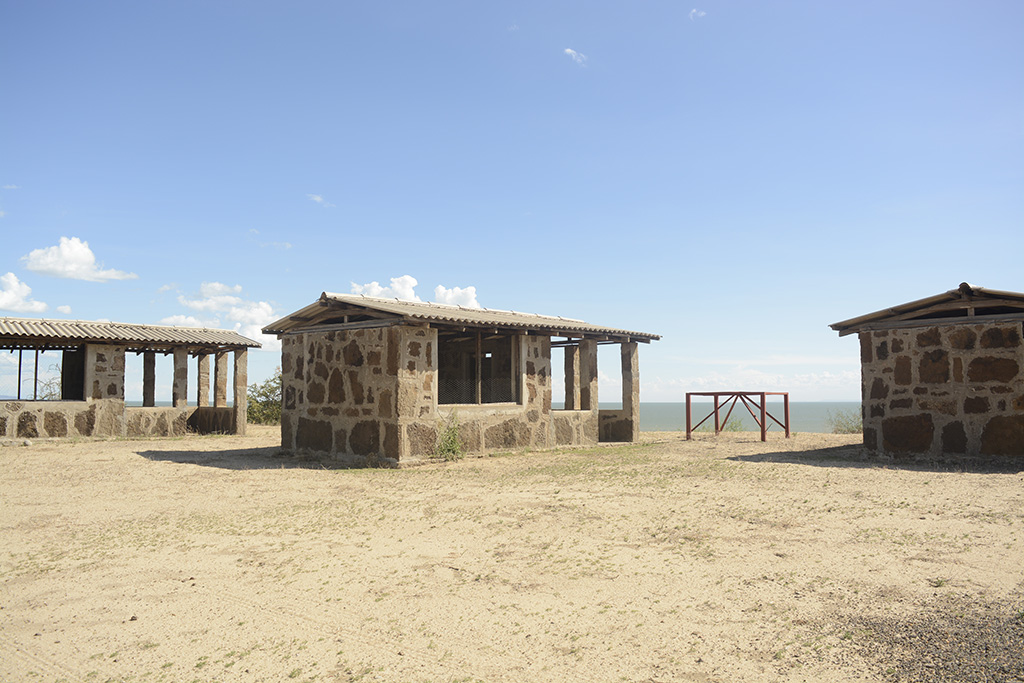
In the language of the Gabbra people who live near the site, the term Koobi Fora means a place of the commiphora and the source of myrrh…
The ridge itself is an outcrop of mainly Pliocene/Pleistocene sediments. It is composed of claystones, siltstones, and sandstones that preserve numerous fossils of terrestrial mammals, including early hominin species. Presently, the ridge is being eroded into a badlands terrain by a series of ephemeral rivers that drain into the northeast portion of modern Lake Turkana. In 1968 Richard Leakey established the Koobi Fora Base Camp on a large sandspit projecting into the lake near the ridge, which he called the Koobi Fora Spit.
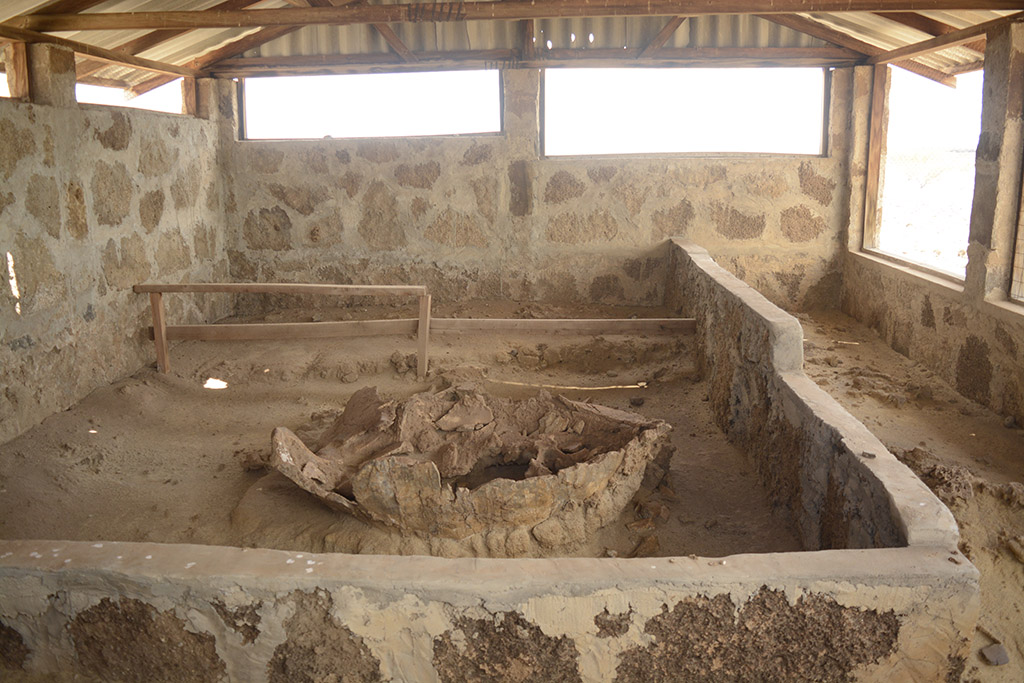
Consequently, the government of Kenya in 1973 reserved the region as Sibiloi National Park, establishing a headquarters for the National Museums of Kenya on Koobi Fora Spit. The reserve is well-maintained and is well-guarded by friendly but armed park police. Protection of sites and especially of wildlife are of prime concern. Exploration and excavation continue under the auspices of the Koobi Fora Research Project (KFRP), which collaborates with a number of interested universities and individuals across the world.
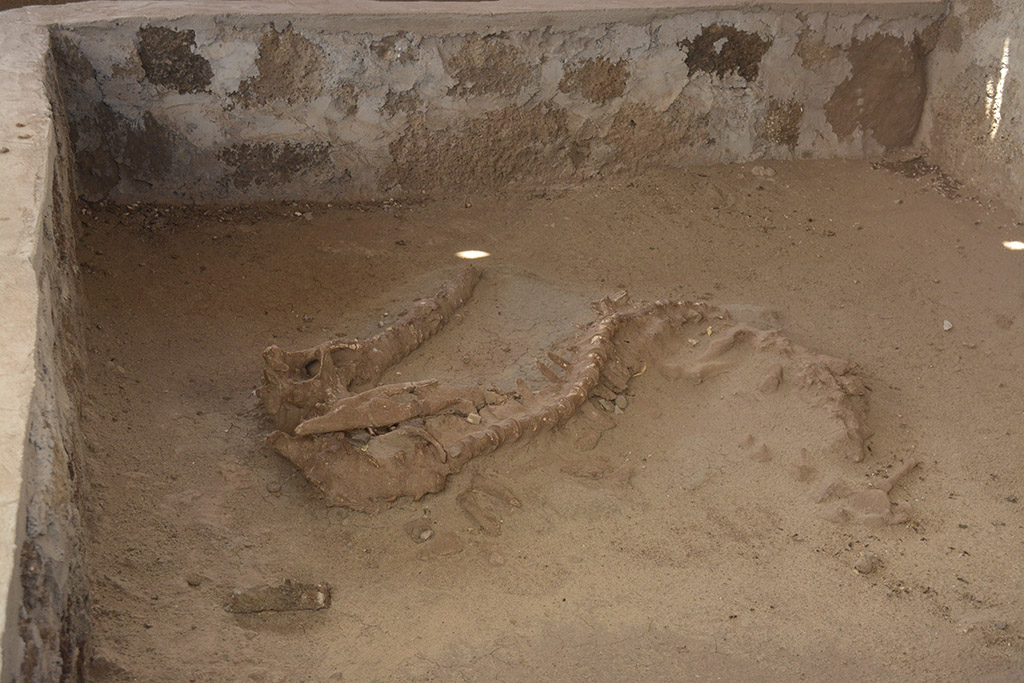
Formerly the term Koobi Fora has been used to mean one or two initial sites, or the sand spit. Today it can mean any or all points in Sibiloi National Park. The term East Turkana also has come into use with the larger meaning.
